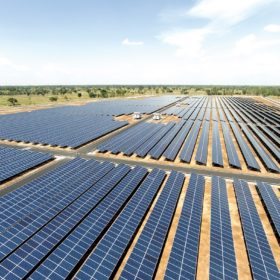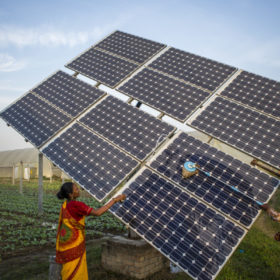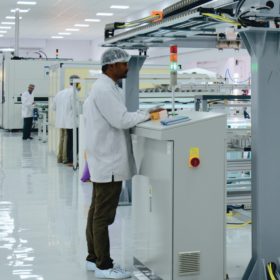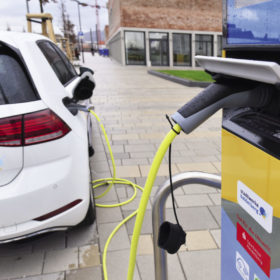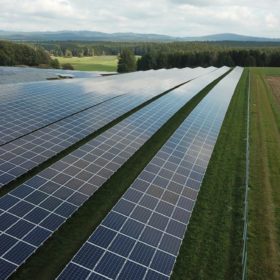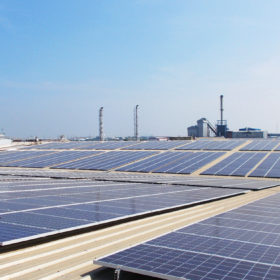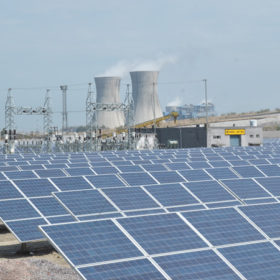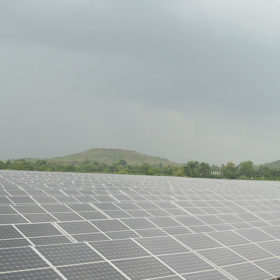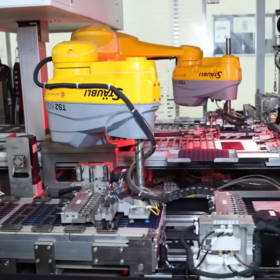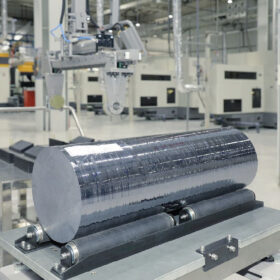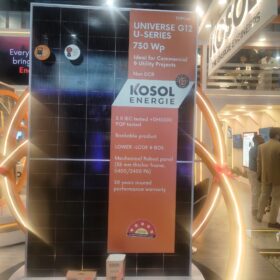Sterling and Wilson Solar bags Rs 1,600-crore orders in Australia
With this, the Indian multinational’s cumulative order book in Australia has swelled to around Rs 6,350 crore (AUD 1.2 billion).
CEL tenders distributed solar on farmland in Rajasthan
Central Electronics Limited has invited bids to install distributed, grid-connected PV systems for solarization of existing agriculture pumps in Tonk district. Bidding closes on September 19.
The long read: Storage … ready?
The story of residential rooftop solar is one of liberation. Confronted with high module prices, early PV adopters experienced significantly longer payback periods – it was not unheard of for homeowners to be making monthly finance payments higher than their utility bills. But consumers were motivated, seeking independence from the stranglehold that electricity providers had on them with ever-increasing utility rates.
India’s solar future: Domestic first, international second
The International Solar Alliance signals India’s hope to be a global competitor in emerging technologies and cement its place as an institution builder. But how does India’s vision translate into domestic policy? Has India led by example?
Tata Motors, Hyundai bag 250 EV supply order from government
The electric vehicles—150 units of Nexon XZ+ and 100 Kona electric—will replace Central and State Governments’ existing fleet of petrol and diesel vehicles.
Macquarie selects Prescinto’s IIOT platform to oversee Indian solar assets
The Australia-based global investor—which has over 408 MW of operational solar fleet in India—will use the cloud-based, hardware-agnostic platform to gain insights in real time and improve its 21 solar projects’ performance.
UK’s WiseEnergy bags deal to manage 550MWp Indian solar assets
WiseEnergy will provide asset management services for the four solar plants in Madhya Pradesh and Andhra Pradesh that UK-based equity investor Actis acquired from Indian developer Acme Solar recently.
Tata Power to set up India’s largest solar carport for Tata Motors
The 6.2 MWp ‘carport style’ solar plant at Tata Motors’ Chikhali plant in the Pune district will use 12,896 monocrystalline panels rated 485 Wp each and cover an area of 40,000 sq.m.
NTPC seeks to enlist solar project developers and EPC contractors
The state-run power producer has invited solar developers and EPC contractors to enlist for developing its grid-connected floating/ground-mounted solar projects. Applications can be submitted until September 16.
RattanIndia sells 306 MW solar assets to GIP
The coal-fired power generator is exploring new avenues of business with thrust on sectors that do not require huge amount of debt and are focused on new technologies. It has decided to participate in coal block auction process with a view to profitably mine and sell coal commercially.
